The possibility of subsea colonization of offshore oil and gas assets by underwater drones is closer than ever.
The technology to keep robotic assets subsea for extended periods of time exists, yet hurdles remain, such as the necessary infrastructure to support a subsea resident robot. Even as the business cases for using underwater resident robots sharpen into focus, it can be difficult to fully quantify the potential benefits and justify the required investment in infrastructure. Every subsea operation by a resident robot is a chance to move the industry toward a future where robots spend months at a time underwater, rather than being recovered and relaunched between every mission, as autonomous underwater vehicles (AUVs) and remotely operated vehicles (ROVs) typically are.

Part of the draw of having a robot stationed subsea is that it removes the need for a support vessel and dependency on good weather to execute missions, Giovanni Massari, head of Sonsub, Saipem’s subsea technology and robotics development and operational center, told JPT. Instead, he said, an underwater intervention drone (UID) can reside on the seabed and carry out periodic maintenance and light intervention operations as needed.
Such an underwater vehicle could contribute to digitalization of a field by collecting data during missions.
“One critical element in the operation of the subsea field is that typically, you don’t have enough information about what is happening subsea. The number of sensors that are physically embedded on the subsea facility is quite limited, and there is a clear benefit to having a subsea resident vehicle that can be launched, ideally on a daily basis or a weekly basis, that can inspect specific assets early” to identify potential integrity risks and enable preventive maintenance, he said.
And its constant presence would make it possible to carry out immediate interventions or troubleshoot problems, Massari and his coauthors wrote in OTC 35770.

Jan Siesjö, Saab’s product manager for Sabertooth, told JPT that the economics of subsea inspections have shifted. For years, he said, companies focused on “keeping sortees to a minimum” due to the enormous costs of traditional inspection operations.
New technology shifts the equation, potentially favoring more frequent and higher-quality inspections, he said.
“The equation for how often you do it sort of tilts a bit more towards keeping track of your assets and maybe sort of avoiding huge costs if you catch problems earlier,” he said.

Nick Rouge, product manager for subsea robotics at Oceaneering, told JPT that just having a subsea robot ready to go makes it more likely a mission will be executed.
“If you have a robot available at the seabed, you’re going to do more work with it,” he said. “What our customers don’t account for is how much more they’re going to use it, how much more value they’re going to get once it’s there. And it’s hard to assess that before the asset is there.”
He also noted that placing docking stations in multiple locations could help justify the investment in subsea residency.
“There’s quite a bit of value to short-term mobile residency,” in which the docking station or garage is deployed to different locations over time, he said, making it possible to do 5 days of work in one location before moving on to do 20 days of work in another and 90 days in yet another.
He explained that deploying docking stations in various locations supports the case for investing in resident robotics, since most fields can only justify a resident system if it operates untethered and services multiple sites.
“You probably only have 20 days a year of inspection that you can do at a given location. So, it keeps the overall hardware investment and investment from our clients down, that they’re able to reuse the same asset in multiple locations,” he said.
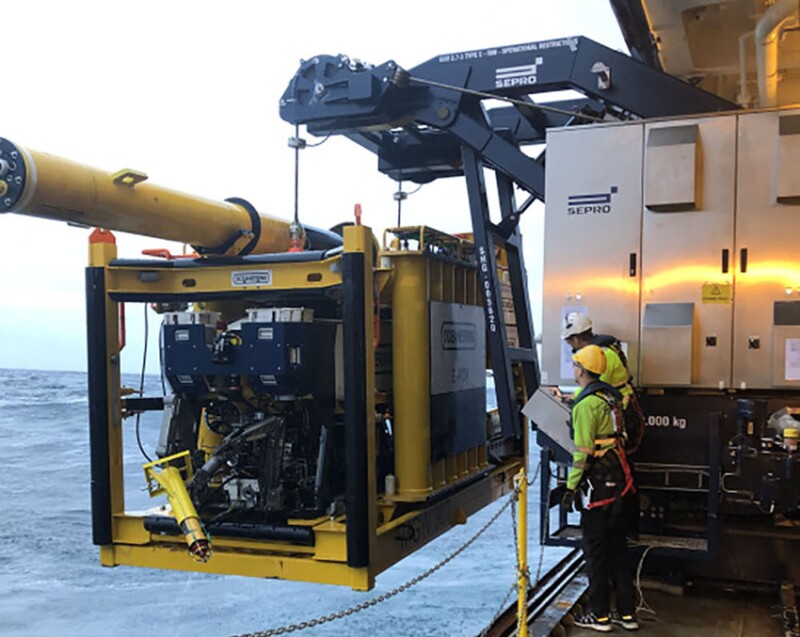
Home on the Seabed
To remain functional subsea for lengthy periods of time, underwater robots require support in the form of purpose-built infrastructure. A subsea docking station (SDS) provides the robot with a needed power source, and a virtual private network (VPN) on optical fiber can provide the communication link needed for real-time operations and data exchange between the robots and onshore remote operations centers
Companies like Oceaneering, Saab, and Saipem are manufacturing subsea robots that can reside on the seabed for extended periods of time.
Saab’s Siesjö noted the Sabertooth’s development history stretches back to 2009. Over the years the Sabertooth (Fig. 1) has hit milestones like data harvesting in 2013, wireless communications in 2014, a demonstration at National Aeronautics and Space Administration’s (NASA) Neutral Buoyancy Lab in 2015, acoustic communications in 2019, testing with an electric manipulator in 2020, and autonomous docking in 2021.
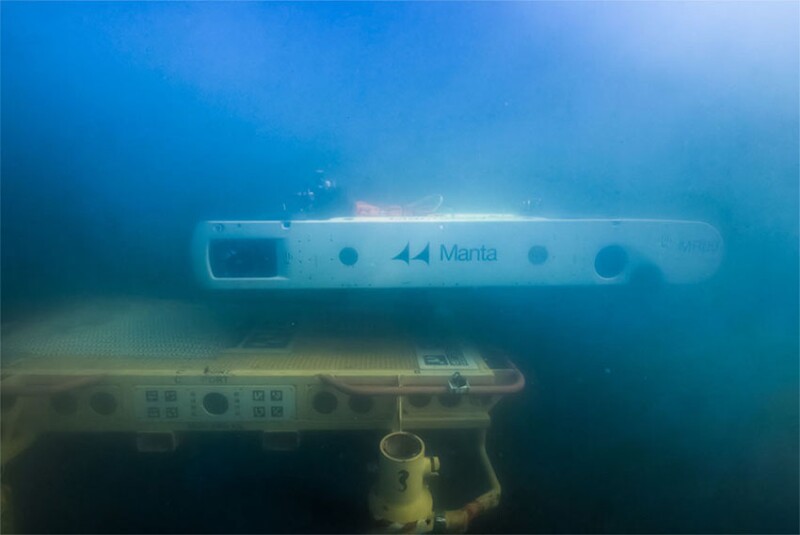
Saab’s Sabertooth can operate as an AUV, an ROV, or as a hybrid. Saab sells the robots, rather than bidding for work, Siesjö said.
“Staying long underwater isn’t actually much of a problem. I mean, if you have a power supply and communication and you don’t do anything stupid, all of the subsea drones of today could stay there for half a year,” he said. The hurdles, he added, are “not on the vehicle side. It’s on how you actually plan, how you use the system.”
Oceaneering’s Liberty ROV has been commercially available and working since 2019 as a short-term subsea resident. From a subsea garage, the tethered unit is operated from shore (Fig. 2). It has not yet, Rouge said, taken on an autonomous residency project.
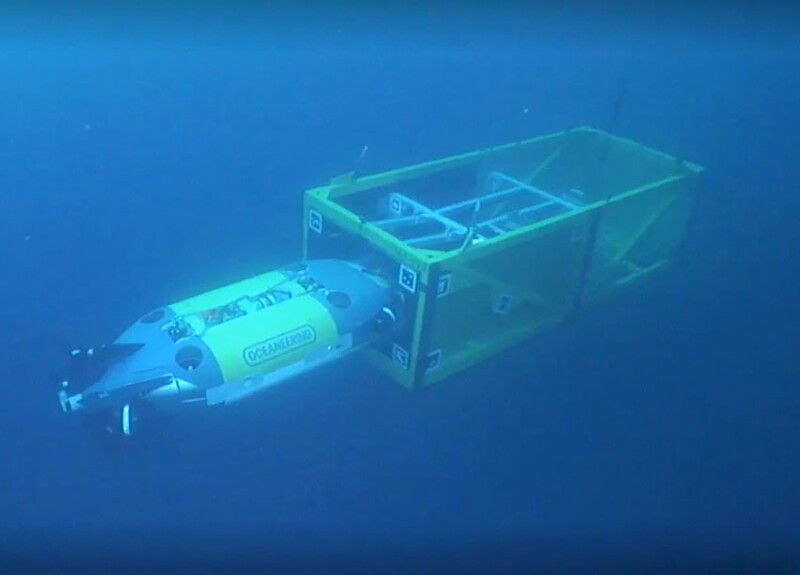
“One of the key things we’ve learned is power consumption. Depending on whether you’re tied into power from infrastructure or you’re using a battery really drives the amount of time that you can operate. In the case of the battery solutions, the operable time can go from 5 to 90 days” depending on the activity, he said. “We have to really pay attention to what operation we’re doing if we’re running on batteries because there’s a huge swing in power consumption.”
The interval between robot maintenance activities varies based on whether the robot remains subsea for an extended period of time or returns to surface between missions.
“One of the other key lessons we’ve learned is that the reliability that’s required on a ROV that does not have someone there to maintain it has driven us towards electric ROV systems. So those resident systems are unlikely to be hydraulic,” Rouge said, noting Oceaneering is working to remove hydraulics from unit designs meant for subsea residency.
While capital expenditure is higher for all-electric systems, it is offset by reduced operating expense and maintenance combined with an increase in reliability, he said.
The company’s Freedom AUV, an untethered system, docked with the Blue Logic UID Docking Station in a test for Equinor in 2020 that took place at Oceaneering’s facility in Norway. In 2022, the Freedom reached technical readiness level (TRL) 6 in partnership with Chevron, TotalEnergies, and Equinor for pipeline inspection. That same year, the Liberty, remotely controlled from shore, carried out a subsea pipeline isolation operation at an Equinor production facility that was being decommissioned. In 2023, Oceaneering declared Freedom commercial, and in 2024, it carried out a pipeline inspection pilot for TotalEnergies.
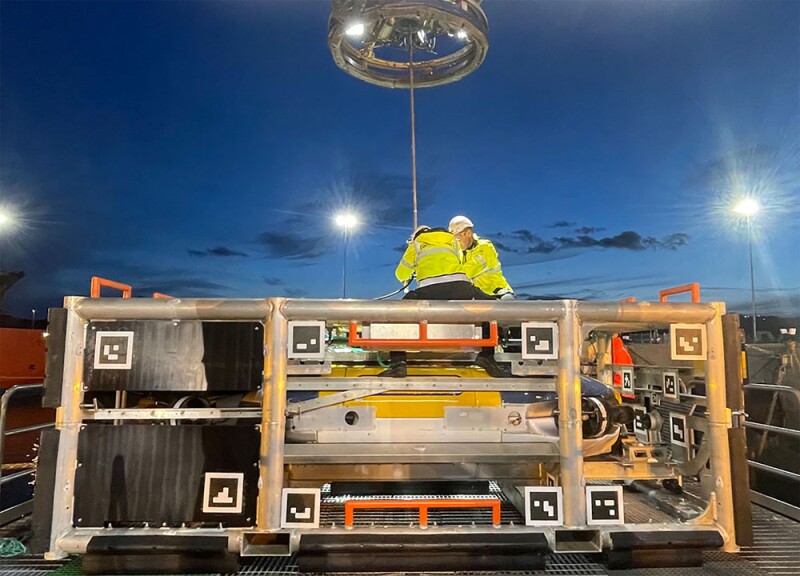
Saipem’s Hydrone-R UID (Fig. 3) is neither an AUV nor an ROV, but an in-between hybrid that can connect to an SDS, is capable of through‑water communications and can fly around to perform missions as needed. The Hydrone-R is configured to operate in four modes: tethered ROV, wireless ROV, supervised AUV, and AUV.
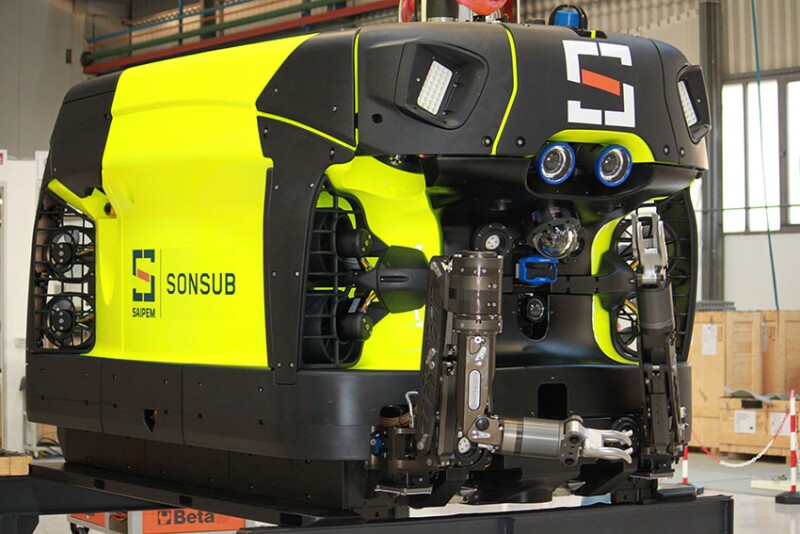
The Hydrone-R was deployed in the Equinor-operated Njord-A field in the Norwegian Sea in June 2023 for its first subsea residency. During its 165 days of continuous operational dive, it carried out more than 280 docking and undocking activities with the SDS, more than 10 autonomous and tethered missions, and 35 manipulations such as valve opening and closing.
In May 2024, the unit was redeployed in the Njord field. As of January 2025, it had been resident on the seabed for a total of 240 continuous days across the two deployments, during which it carried out its first fully autonomous and tetherless missions.
“This is no more just a concept. This is a real technology, commercially available, and we demonstrated the capability to remain subsea almost 8 months, demonstrating that subsea residency is something that can be really achieved,” Massari said.
Over the course of the deployments, Massari said, it became clear that certain aspects of subsea robots could be technically challenging from a residency perspective. For example, ROV and AUV components are not usually designed for subsea permanence. Typically, the unit’s manipulators, cameras, and lights are used for a few days then recovered to surface, at which time they are cleaned and maintained.
“Each single component has been tested and demonstrated, and several commercial components have been modified for this specific long-term usage,” he said.
After the initial lengthy subsea deployment, the equipment needed to be cleaned and maintained, but he sees the potential for longer immersions in the future.
“The problem is to find a balance between the length of the duration of the dive mission and the duration of the maintenance after. So, the longer is the mission, the duration of a dive, the longer the preparation before and after the dive,” Massari said.
While the Hydrone-R is rated to 3000-m water depth, the Njord deployment was in waters of about 400 m. That water depth was helpful in keeping the Hydrone-R’s equipment clean and functional. Marine growth—which compromises cameras and lights—is much less aggressive in depths exceeding 500 m, he said.
“What is crazy is that the deeper you are, the less is the impact on the optical components,” he said. At Njord where marine growth was a concern because of the water depth, “a simple strategy is to keep the vehicle moving. So ideally, if you use the vehicle once a day, once every couple of days, you see the water movement is enough to keep everything clean.”
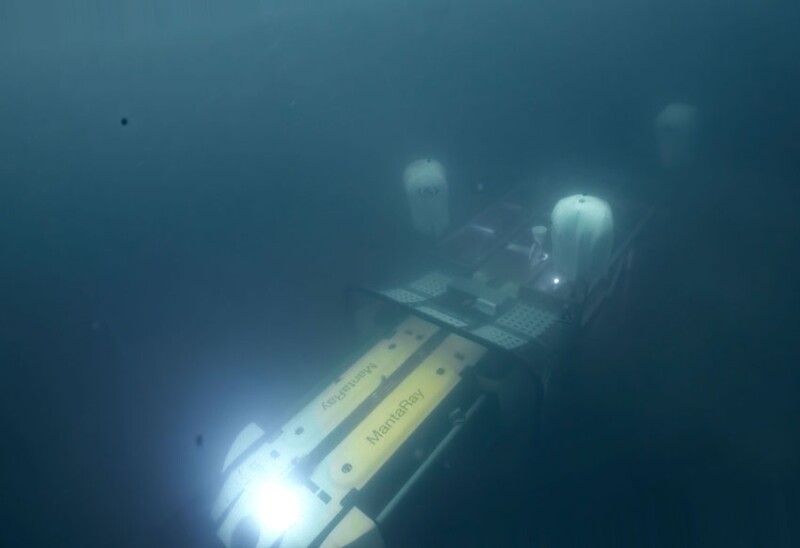
Roadmaps to the Future
Massari said one of the next steps on Saipem’s technical road map is to demonstrate a multiple-SDS configuration, or multiple garages in a field, which could support a vision by operators for robots to remain underwater.
“They believe that subsea colonization—having robots capable to remain subsea and capable to perform several operations—is the future of offshore energy and oil and gas,” he said.
Siesjö said the industry is seeking more autonomy from its subsea robotics.
“All the AUVs on the market, I will say, are slightly more intelligent than or on par with your average washing machine, which means that they are autonomous. They can do waypoints, they can do obstacle avoidance, and then a few things more, but they are nowhere near the level of self-driving cars allowed to navigate the city,” he said.
Currently subsea robotics have reached approximately level 4 in autonomy, indicating humans retain supervisory control at the task level. In other words, an operator is in the loop and can veto operations, and the robot performs the task. The aspiration is to reach either level 5, which indicates collaborative control, or level 6, which indicates peer-to-peer collaboration. With level 5, the robot would carry out tasks and inform a human operator if an issue arises, while with level 6, the robot would be able to execute the task without needing an operator in the loop at all.
Oceaneering’s Rouge said one of the biggest barriers to bringing subsea residency of underwater vehicles to new regions is economics. If the business case is there, he said, the technology exists. He does see a few ways to make business cases more compelling. For instance, one subsea asset could be shared amongst multiple operators in an area.
“If you don’t have enough equipment in an area, it doesn’t make sense to have an annual contract. How do we make that an asset that is usable by multiple operators?” he said.
Addressing that challenge would open up regions like the Gulf of Mexico, Brazil, and more, he said, although other aspects of subsea operations, such as providing power, shift when it comes to deepwater and ultradeepwater residency.
As Siesjö put it, the technology is ready to serve, once the projects are planned.
“All the toys are there, but they need to get the programs started.”
For Further Reading
OTC 35770 Going Autonomous: The Daily Operations of the World Only Resident Drone by F. Cavallini, L. Turi, and G. Massari, Saipem.
Click here to read related story about subsea resident drone technology.


